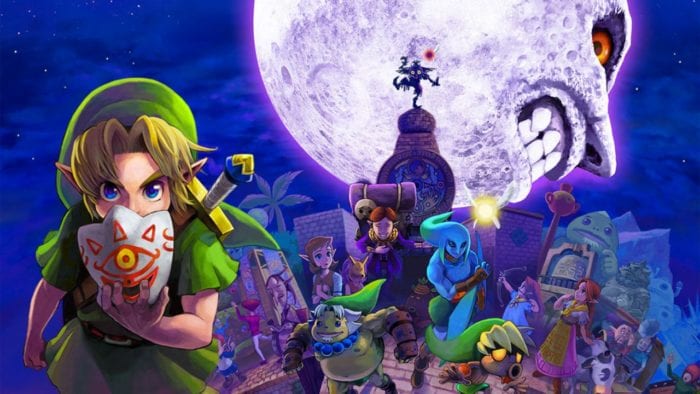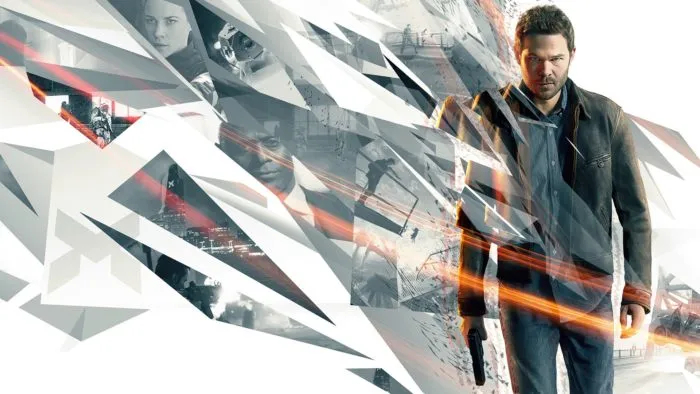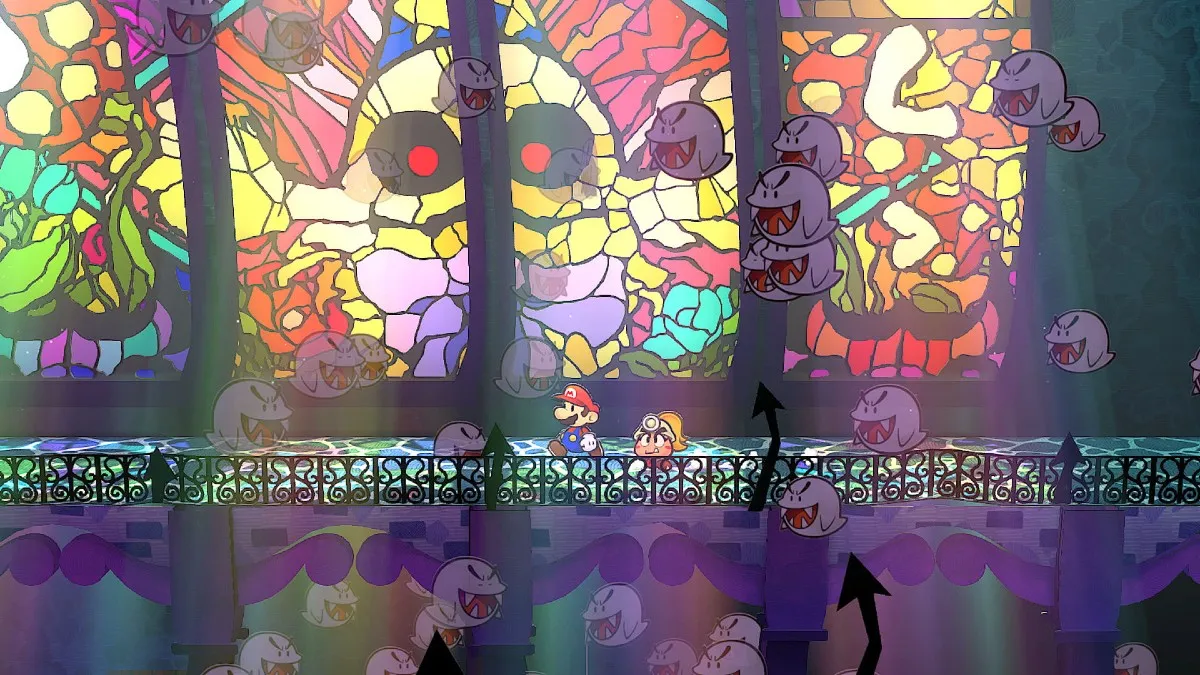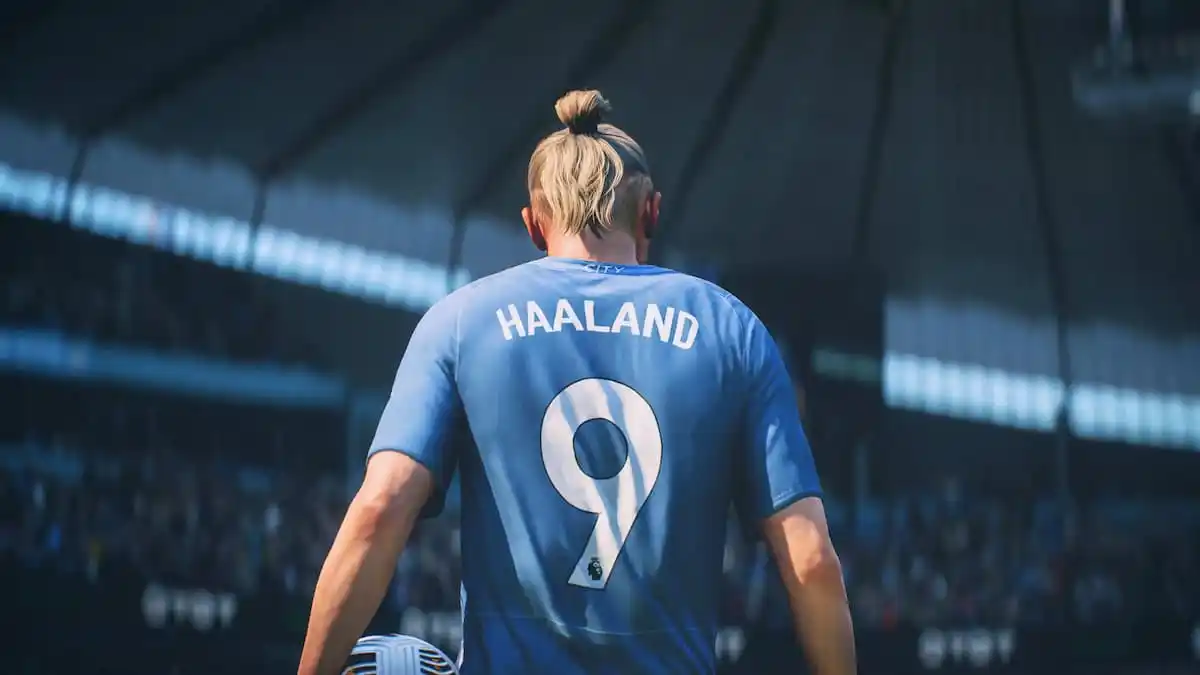The Legend of Zelda: Majora’s Mask released back in 2000 on the N64 to high critical and fan praise thanks to its wonderfully dark story, great side quests, and its changes to gameplay mechanics. Considered one of the best titles on the N64, it remained dormant for some time until 2015 when it received an HD update for the Nintendo 3DS. Yet, despite the great reception, Majora’s Mask has always remained the outlier of the franchise due to its focus on more mature tones. Even with Nintendo’s shift to a more classic storytelling archetype for its subsequent titles, Majora’s Mask still remains the crowning achievement of The Legend of Zelda franchise.
Before we begin, it’s important to note that we aren’t discrediting the massive impact that games such as Ocarina of Time or A Link to the Past have had on the industry. Many of these titles helped revolutionize modern gaming as we know it, so for the sake of comparisons we are going to simply look at these titles void of their massive cultural impact. This will be a more direct breakdown of the stories, gameplay, art direction, and why Majora’s Mask is the best at all of these.
Up until Majora’s Mask release in 2000, The Legend of Zelda franchise had never offered a truly deep or even elaborate narrative. This was not only due to the limits of the hardware itself, but also the large focus on reimagining the concept of a hero’s journey. There’s always a princess in some sort of danger, an evil force that needs to be slain, a young warrior who is put through a series of trials to test his skill, and eventually the tale is wrapped up quickly.
Majora’s Mask, on the other hand, was a title that felt like a wild experiment to see what would happen if the series delved into the psyche of the various characters. Ganon has always been the series’ go-to bad guy, yet the moon in Majora’s Mask is arguably more frightening. Unlike titles like Ocarina of Time or Wind Waker, this evil entity is incredibly oppressive from the very start of the game. Your main foe is always staring down at the world, reminding the player that no matter what they do it will eventually come crashing down. This makes it a more imposing threat than villains like Vaati, who aren’t as directly involved with the moment to moment actions of the player. Even characters like Ganondorf are easy to forget, as he doesn’t show up for several dungeons after you warp to the future in Ocarina of Time. But the moon in Majora is always watching, always waiting, and serves as a wonderful indirect antagonist that helps define the entire title.
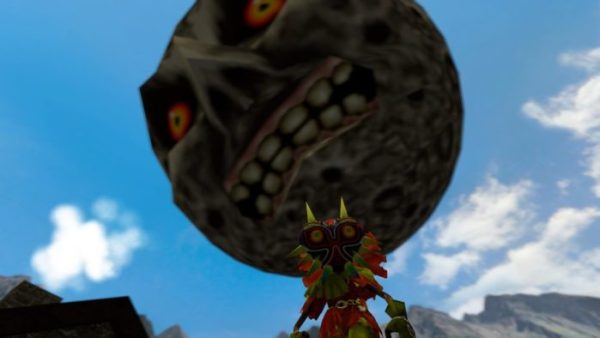
Even your companions and main antagonist Skull Kid have more vivid and interesting personalities than in previous or current entries in the series. Unlike virtually every other Zelda villain, the Skull Kid is a tragic figure who had no desire to destroy the world until he got a hold of the cursed mask. Once players discover this backstory, he is brilliantly reframed not as a malevolent force, but one you want to help. This isn’t the Demon King Ganon looking to rule Hyrule for the sake of it but someone who has become corrupted, fundamentally changed, and ultimately lost in the madness. Majora and the Skull Kid are villains we have never seen before or since in this franchise and stand as some of the best in Nintendo’s history.
Yes, Ganon is an iconic figure within the Zelda lore, but mainly for just being the game’s equivalent to the ultimate evil. He doesn’t go beyond that and we, after 15 games know so little about him. There’s a small backstory to him, yet he lacks a full personality that never allows him to break the classic archetype he is so clearly molded into. Sure, villains like Zant from Twilight Princess have interesting motives but he is never framed in a serious manner throughout the game. It’s hard to truly view him as threatening or even have an emotional investment to the character itself. Skull Kid, on the other hand, appears to be bother dangerous and broken which makes him not only a more compelling figure to learn more about but a unique adversary that serves more to the story beyond “the ultimate evil being.”
However, where the game gets interesting is how the NPCs react to this oncoming doom as many, especially in the main area of Clock Town, could care less. Many think nothing is going to happen, which instills a small sense of paranoia within the player as it becomes abundantly clear that no one is going to truly help you. That is only enhanced by the exploration of death and how others respond to it, such as the Deku Butler losing his son or Darmani trying to reconcile with the fact that he has died. It’s an interesting angle to take with a franchise that typically doesn’t lean towards more adult themes, but it allows the developers to craft a more compelling story. Titles like Wind Waker, A Link Between Worlds, and even Ocarina of Time are rather general with the inhabitants of the world. Most don’t offer much beyond a few lines of dialogue and their interactions with others doesn’t expand in any interesting way.
Complementing this are the wonderful side quests full of unique and interesting characters that have rather elaborate missions for you to complete. Unlike other titles within the series, Majora’s Mask’s quests take a rather lengthy amount of time to finish, but never feel padded with needless amounts of fetch or collect “X number of items” quests. It has a few, sure, but this is easily offset by the more elaborate missions that lend context and humanity to the NPCs you discover. It’s hard not to get wrapped up in their affairs and Nintendo genuinely tries to make the player care about their outcomes. This then feeds back to that sense of urgency as the last thing you want to do is have a couple fall in love only to be crushed by a giant moon.
In contrast, Ocarina of Time only has a very small handful of side quests with the most elborate just being a giant trade between various characters throughout the world. However, Majora’s Mask has a wide variety of missions from the small to more complicated ones like trying to arrange a romantic meet-up between two lovers. This helps break up the repetition of going to an area, entering the dungeon, beating the boss, repeat. Breath of the Wild is the only other Zelda game of note that really tries to experiment with its side quests, but quite a few of them lean on ideas such as solving a riddle, bringing a character X number of items, or hunting with treasure. They are rarely personable to the inhabitants themselves, which is where Majora shines.

